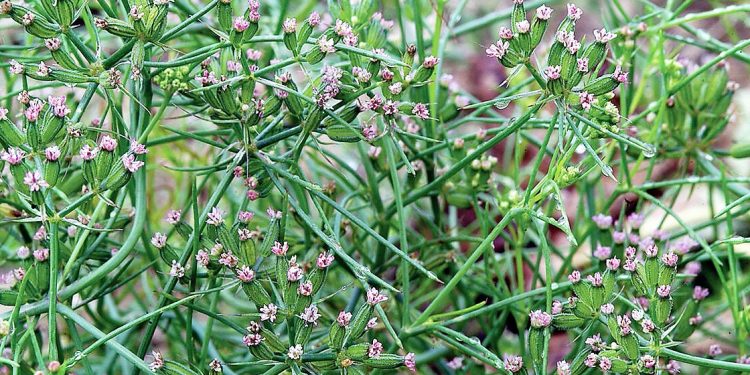Cumin is a spice that is widely used in culinary and medicinal applications due to its distinct aroma and flavor. This article provides a comprehensive guide on how to cultivate cumin, including planting, harvesting, and post-harvest processing.
Cumin (Cuminum cyminum) is an annual herb that belongs to the Apiaceae family. It is native to the Mediterranean region and is now widely cultivated in Asia, Europe, and North Africa. Cumin is valued for its unique aroma and flavor, which make it a popular spice in many cuisines around the world.
Planting cumin requires well-drained soil, moderate temperatures, and adequate sunlight. Seeds are usually sown directly in the soil, and the plants are then thinned out to allow for optimal growth. Cumin plants are susceptible to a range of pests and diseases, including powdery mildew, root rot, and spider mites, so it is important to take appropriate measures to prevent and control these problems.
Harvesting cumin is typically done when the plants have reached maturity and the seed heads have turned brown. The seeds are then harvested and dried before being processed for use. Post-harvest processing may involve cleaning, sorting, and roasting the seeds to enhance their flavor and aroma.
In conclusion, cumin is a valuable crop that can provide both culinary and medicinal benefits. With proper cultivation techniques and post-harvest processing, farmers and growers can produce high-quality cumin that meets the demands of consumers and the industry.
#Cumin #CuminCultivation #CuminHarvesting #Spices #Agriculture #Farming #Herbs #Apiaceae #MedicinalPlants












